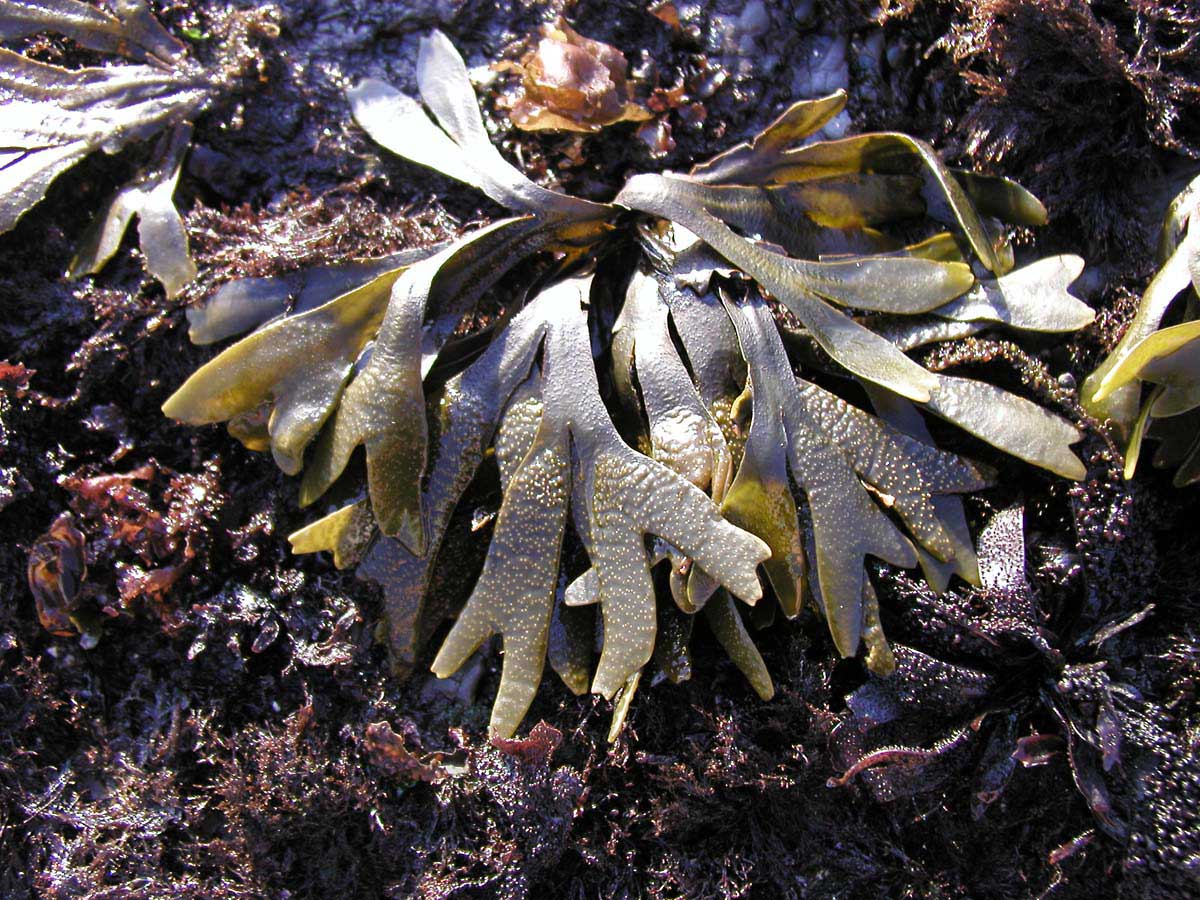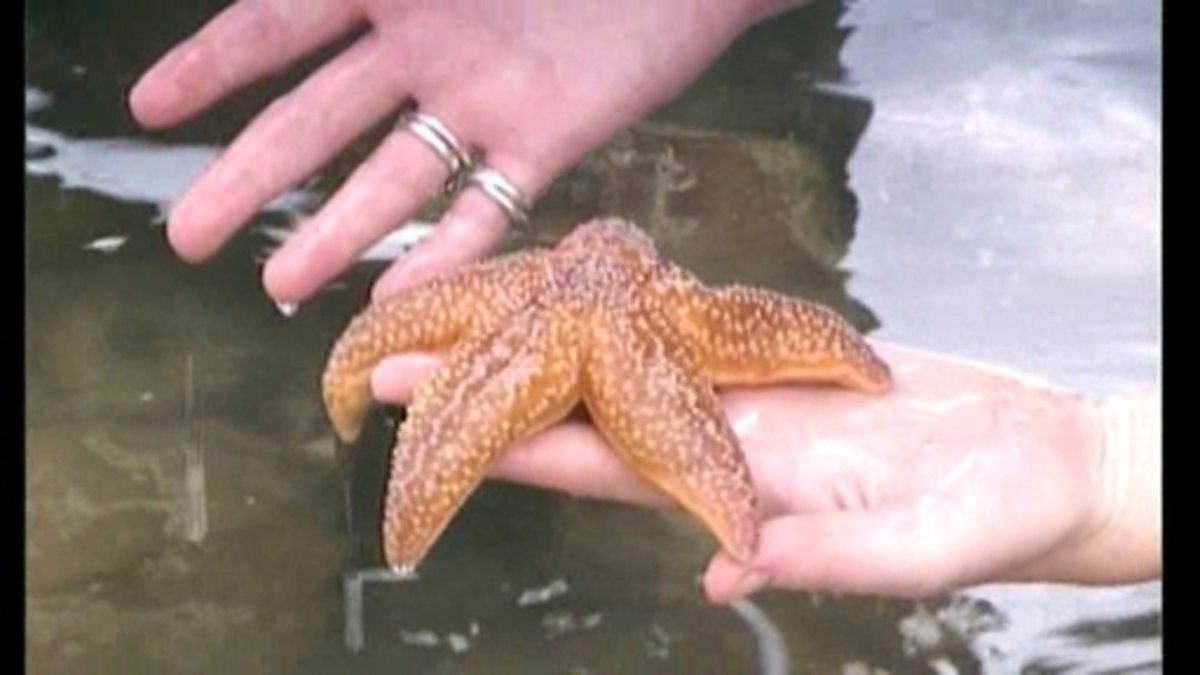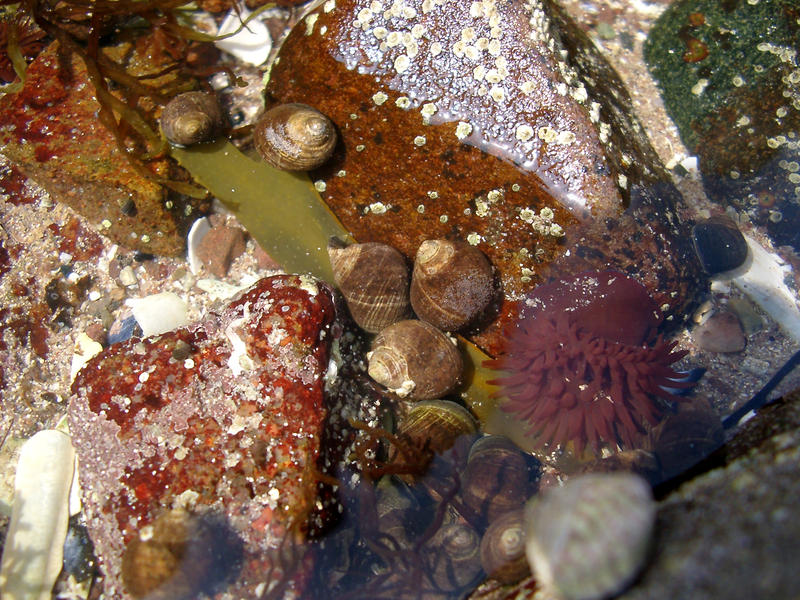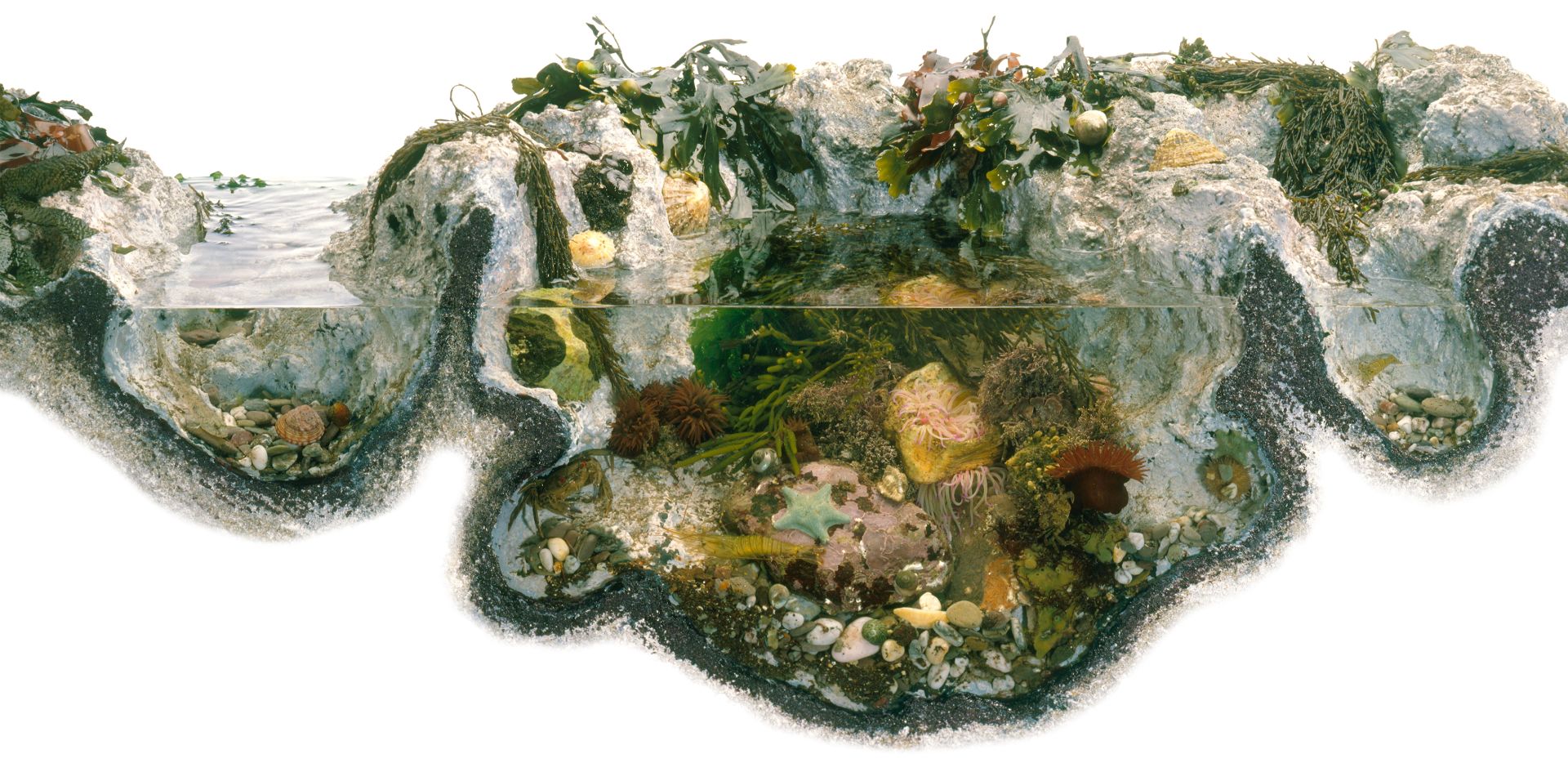Rock Pool Animals And Plants
Rock platforms with pools of water and loose rocks provide habitat for many plants and animals. Adult crabs are green, but the young can be red or yellow with white patches.
What lives inside an Australian rock pool Australian
Choosea predator and prey and write down some adaptations that help them to survive.

Rock pool animals and plants. You might find your own reflection looking back at first, so you’ll have to crouch down close and stay still for a little while. Rockpool animal flash cards (sb8110) The rock pools closest to the water will be alive with creatures, like fish, crabs and interesting plant life.
They must be able to cope with a constantly changing environment — fluctuations in water temperature, salinity, and oxygen content. Because pools trap grit, stones and boulders, only certain plants and animals can survive in them. They can be harsh places to live, as the heat of the sun makes the water warmer and saltier than the sea, so the creatures that live in.
Take your adventures down towards the sea shore. Changes in moisture and salinity affect the tissue of many different plants and animals. The shore crab does not easily dry out so it can live under stones and in cracks well up the shore, as well as in pools.
The animals show a similar zonation, but because they can move around it is not so obvious. Drawsome food chains or a food web using some or all of this information. When the tide goes out on a rocky seashore, pools of water are left behind in holes and trenches in the rocks.
Rock pools (or 'tide pools') are rocky pools by the sea. Beadlet anemones, whelks, limpets, jellyfish and corallina in a rock pool on the rocky shore at aberdour bay. Try to avoid trampling animals and plants.
Seaweeds, corals, worms, sponges, barnacles, limpets and other molluscs like mussels, snails, whelks, nudibranchs and. Rock pools retain water at low tide and often contain a high diversity of plants. Tide pools are a home for hardy organisms such as sea stars, mussels and clams.
Write downsome daily and seasonal changes that might happen in the rock pool habitat. The rockpools of the british isles are a feature of rocky shores and have a particular life of their own. These rock pools, or tidal pools, are miniature habitats, home to a huge range of animals and plants.
Tide pools are habitats of uniquely adaptable animals that have engaged the special attention of naturalists and marine biologists. Animals and plants may die if left exposed to the sun. The plants within these rock pools perform the crucial process of photosynthesis, which not only keeps them alive but also produces oxygen needed for the other life forms living alongside.
Huge waves, strong currents, exposure to midday sun and predators are only a few of the hazards that rock pool animals must endure to survive. Peer closely into the water. Rock pools can be dangerous.
Conditions within them are different from the open sea, as they are exposed to increased sunlight, as well as predation from. They are filled with seawater during high tides, and exist as separate pools at low tide. Rocky shores are unique habitats full of a variety of animals and plants.
Over time adaptations have been made to allow them to survive the ‘in between' zone. Facts about rock pools 6: Rockpool life spotting form (sb8109) a simple form for children to tick off various things they see in seaside rockpools.
Like the plants, the animals are greatly influenced by the tide. The animals during the high tide zone. A set of word and picture cards featuring rockpool creatures and plants.
These tide pools, or tidal pools, are miniature habitats, home to a huge range of animals and plants. They are in the intertidal zone. Rock pools are teeming with plant and animal life and it is the interaction between all of these and their adaptation to this environment that makes each pool an ecosystem of its own.
They can be harsh places to live, as the heat of the sun makes the water warmer and saltier than the sea, so the creatures that live in them have to be able to adapt to changes in their surroundings. Return any overturned rocks to their o. The crustaceans you are most likely to come across in a rock pool are the shore crab, hermit crab and common prawn.
Leave rockpool animals and plants in the water as they may die if removed. As part of a topic on animals and their habitats, pupils could be presented with a blank picture of a rock pool and a range of animals and plants to select from. At low tide the rock pools are accessible, and a variety of species can be found including crabs, squat lobsters and starfish which live alongside beautifully coloured sea.
On the food web/chain you drew decidewhich type of feeder each organism is (primary consumer,. Mussels, green algae, crabs, starfish, chutons and sea anemones are some animals, which can be found in the high tide zone. If the boulder stays in the pool it will gradually grind it deeper, but sometimes, a big wave washes the boulder out and the rock pool stays shallow.
Hermit crabs and nudibranchs use the.
Rock pools tiny but complex underwater worlds

BBC Two KS1 Science Clips, Plants and Animals in the
Creatures of the Tide Pool Tide pool Pinterest

BBC Four The Secret Life of Rockpools, Adaptations for
Coastal Treasures Go Rockpooling on the Rocky Shores!

Free Stock Photo 66rock pool freeimageslive

41 best Tide pool life images on Pinterest Tide pools

Rock Pools Rock Pool Creatures DK Find Out

Sea Shorts Sea anemones the flowers (& predators) of the

Various animals and plant species in a rock pool, cross
Why are there more algae and animals in rock cracks
Rock pools tiny but complex underwater worlds
Books on Seashore, rock pools and Coastal
The Rockpool Guide John Walters NHBS


/tidepoolcalifornia-56d388613df78cfb37d38e26.jpg)
:max_bytes(150000):strip_icc()/GettyImages-977492470-5c4a10cec9e77c000173ecc6.jpg)
Post a Comment for "Rock Pool Animals And Plants"